Toronto Tile House blends contemporary forms with traditional materials
Tile House by architects Kohn Shnier is a modern interpretation of the historical residences of its Toronto suburb
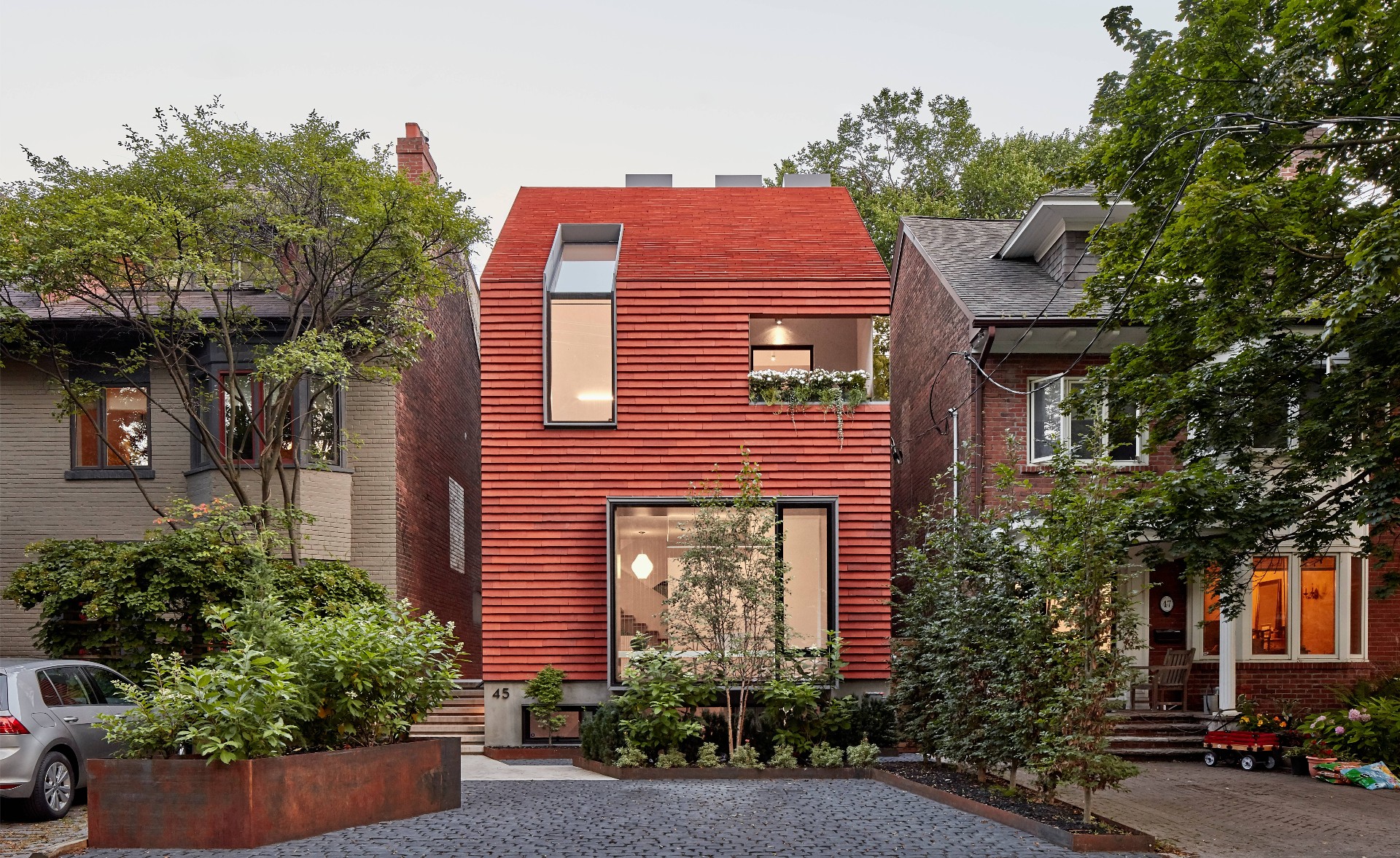
Michael van Leur - Photography
Kohn Shnier’s Tile House is a lesson in contextualisation, demonstrating how to skilfully integrate a contemporary design into a street of older residences in a Toronto suburb. The project replaced an existing house and follows the physical form of a traditional pitched roof dwelling. The front façade is completely tiled, incorporating the roof slope into the visual volume to give the house a solid, unified appearance. The handmade clay-tile cladding evokes the red brick that is commonly used in local domestic projects, while the large expanses of glass, set within slender steel reveals, convey a strong, modern sensibility.
‘The house is distinct from its neighbours while fitting in at the same time,’ say the architects. ‘We hope for a house which appears both more archaic and more contemporary.’
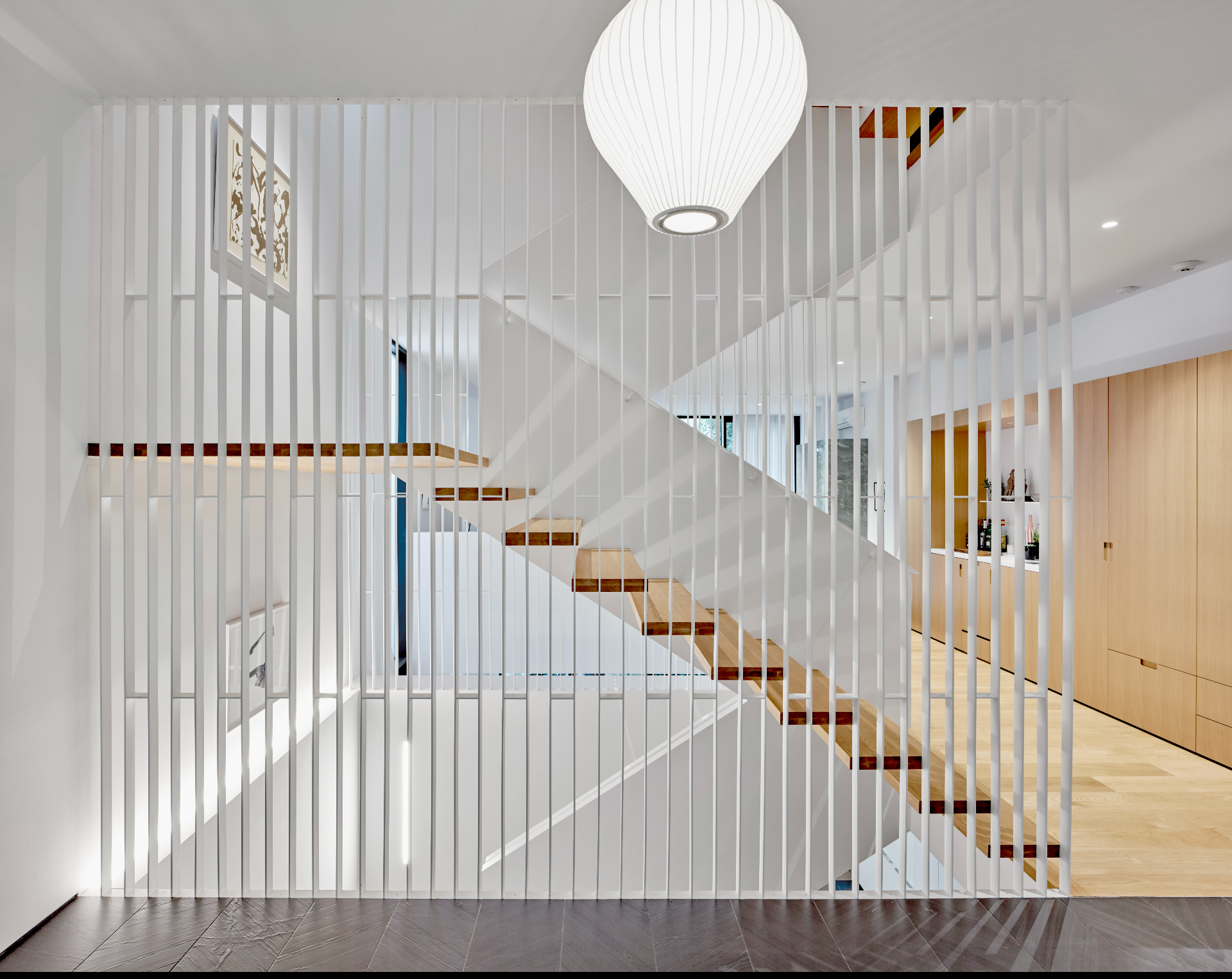
The physical form of the house follows the building line and footprint, a narrow rectangle on a deep plot.
The site slopes away from the road at the front towards a ravine at the rear, allowing for a taller, four-storey rear elevation that is almost entirely glazed. This provides a sylvan south-facing view for the main living spaces, as well as creating a leafy outlook for the private terrace that opens off the top-floor bedroom.
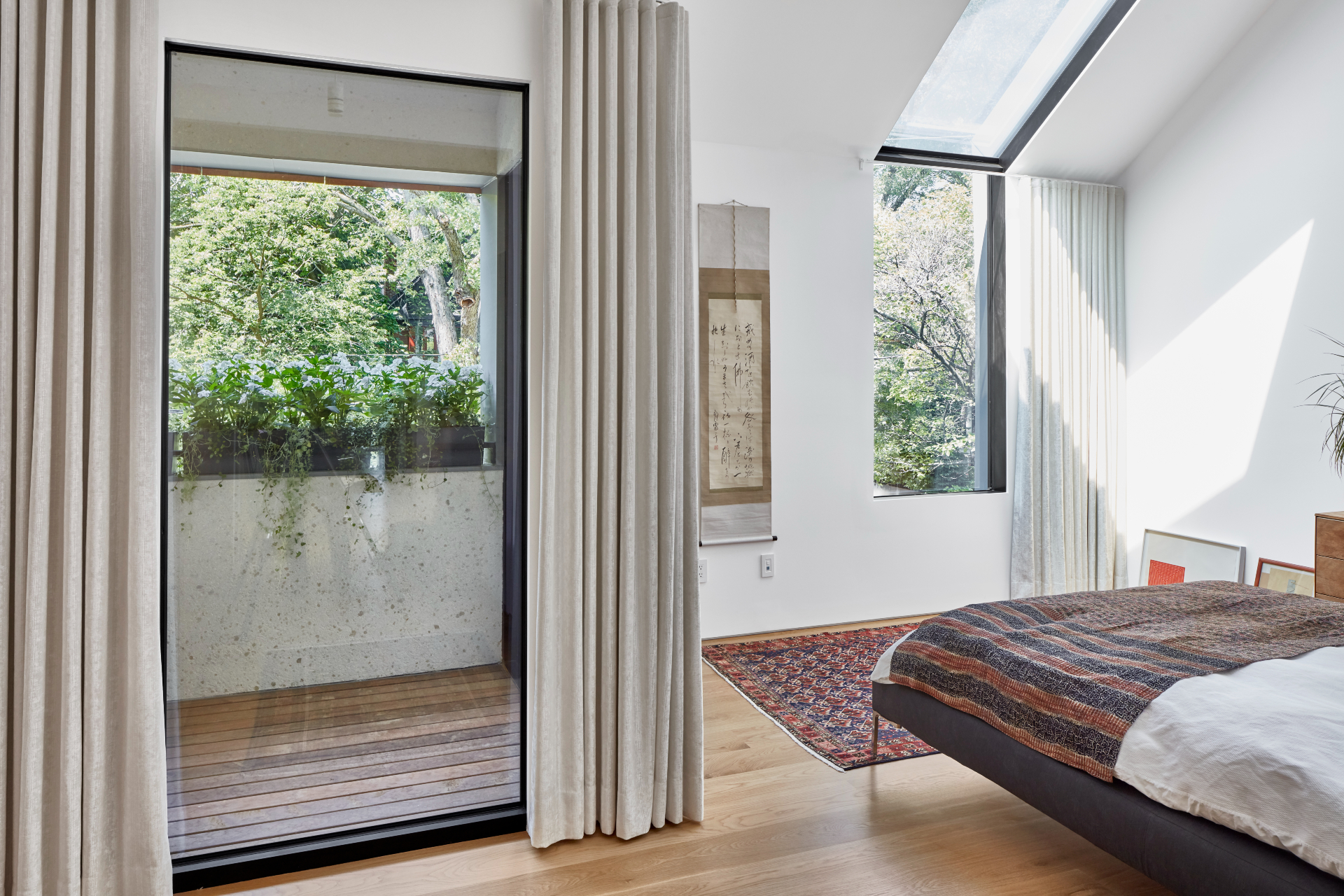
Inside, the rectangular plan is arranged around a central stair core, with three en-suite bedrooms on the upper two floors; a spacious living area and home office on the ground floor; and a kitchen, dining room and media space on the lower level.
The clients wanted the house to be suitable for both flexible living and a place to work, with a generous space for home office desk and sufficient nooks and crannies for them to seek out personal space. The owners are empty nesters, and the project was about reconfiguring their lives now that their children have moved out.
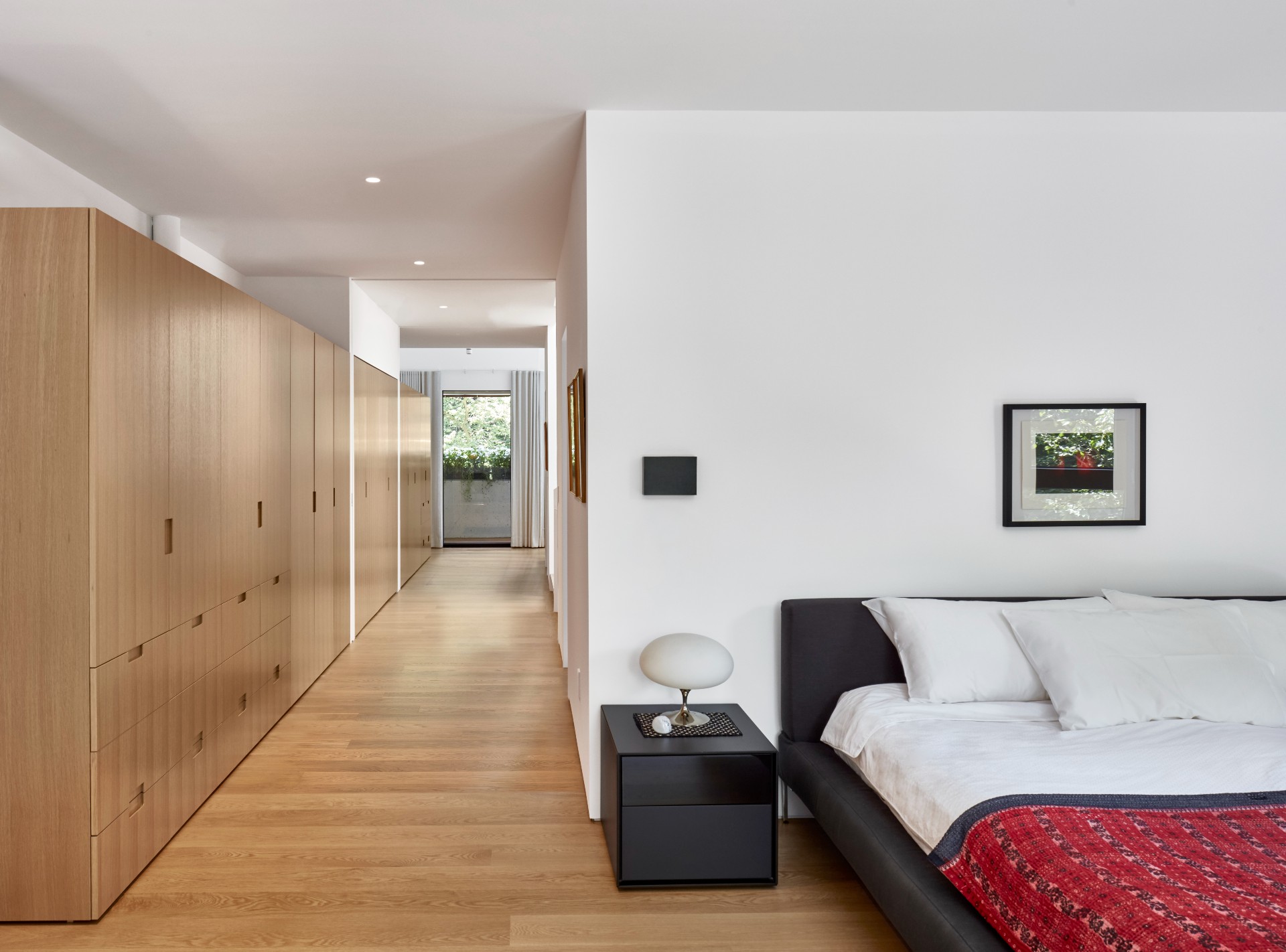
Kohn Shnier was set up in 1990 by Martin Kohn and John Shnier. As well as a varied portfolio of residential projects, including experimentation with prefabricated systems, the Toronto firm has also worked on educational, residential, and commercial projects. Tile House embodies their approach to context and materials, with a carefully crafted internal layout that can be arranged in multiple ways.
Wallpaper* Newsletter
Receive our daily digest of inspiration, escapism and design stories from around the world direct to your inbox.
The central-core staircase is open tread and screened with delicate vertical louvres, adding to the sense of transparency, while also providing a physical separation between the live and work areas. The lower-level kitchen is visually and audibly connected to the ground-floor living space by a double-height void that unites the two sections, all part of a strategy of subtle connections that pervades the design. Stone and wooden flooring is paired with white walls and simple detailing, with long runs of built-in cabinetry and floor-to-ceiling curtains to maximise the sense of interior space.
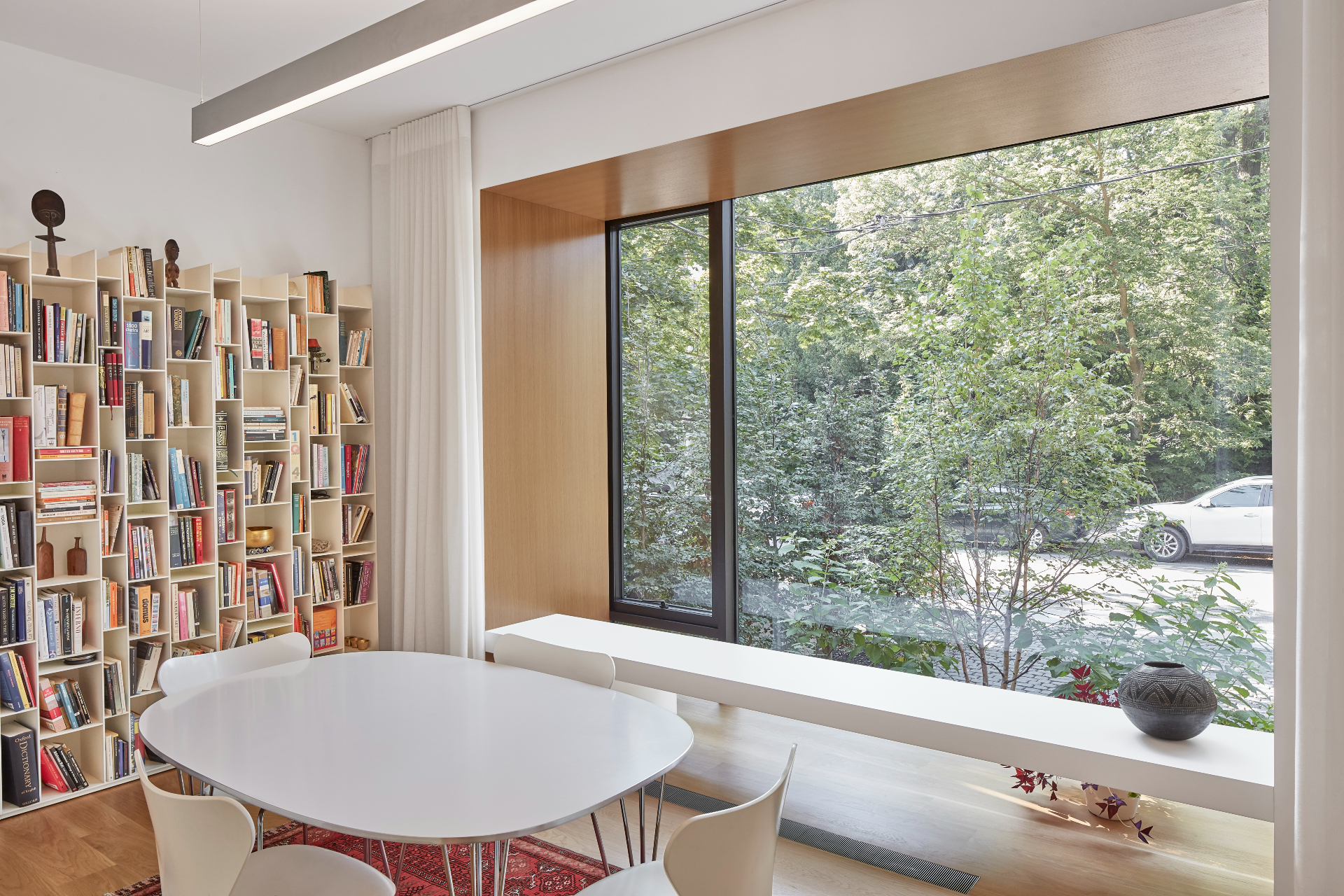
While the house is left as an open-plan space most of the time, several concealed pocket doors can be moved into position to create privacy for guests. The main bedroom has room for exercising and even a UV spa, in the top-floor suite, while the private terrace has far-reaching views across to Toronto’s downtown in the south.
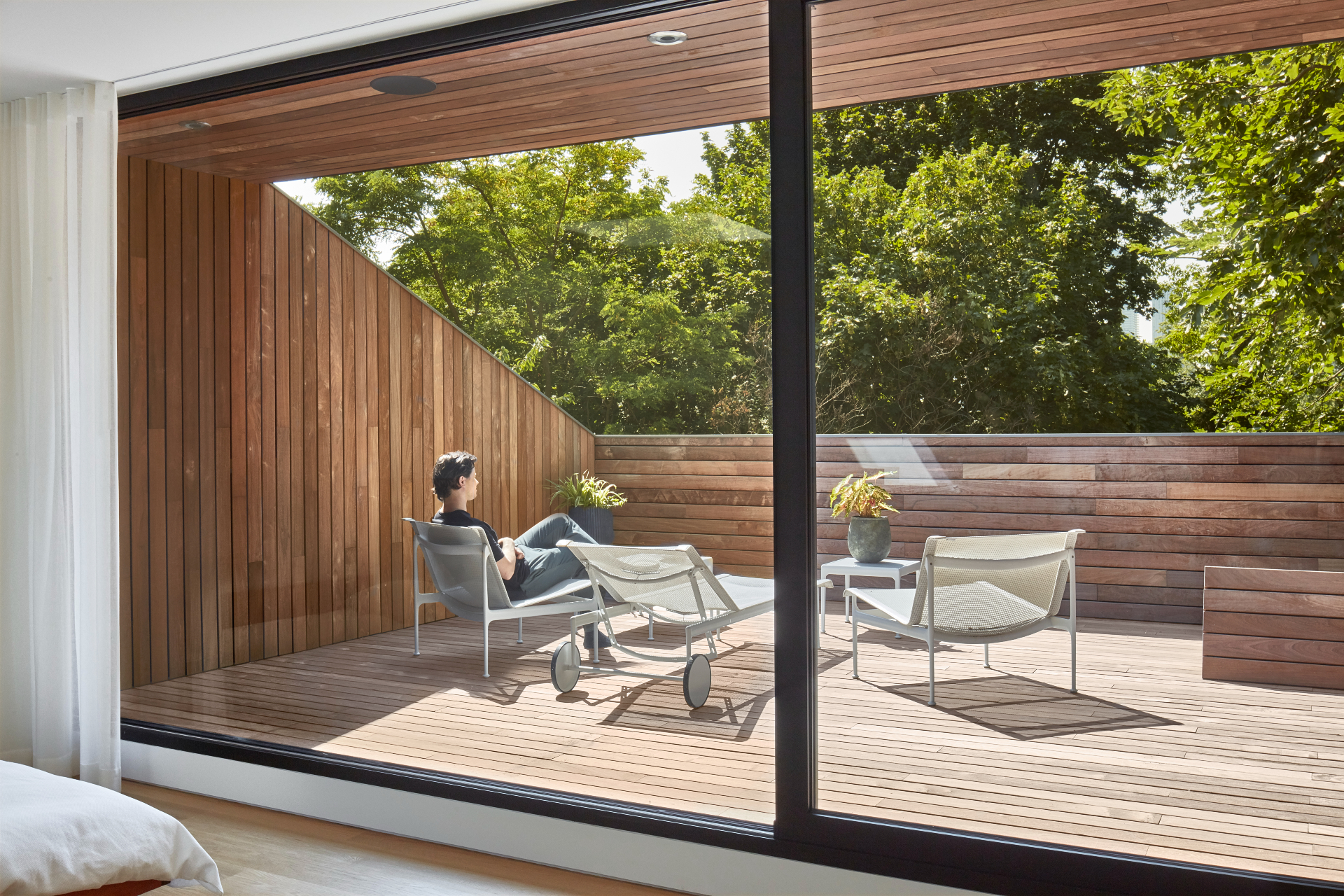
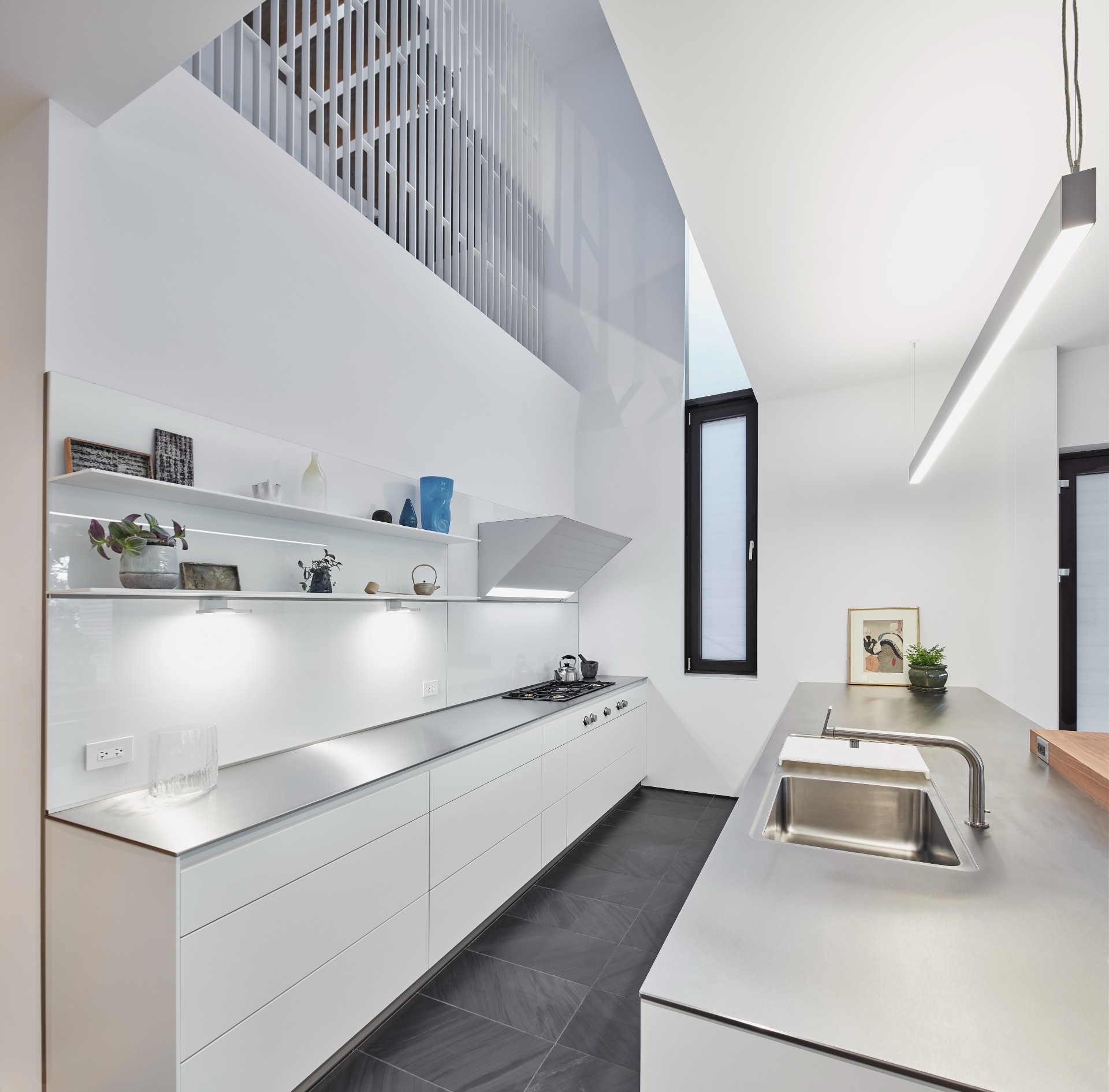
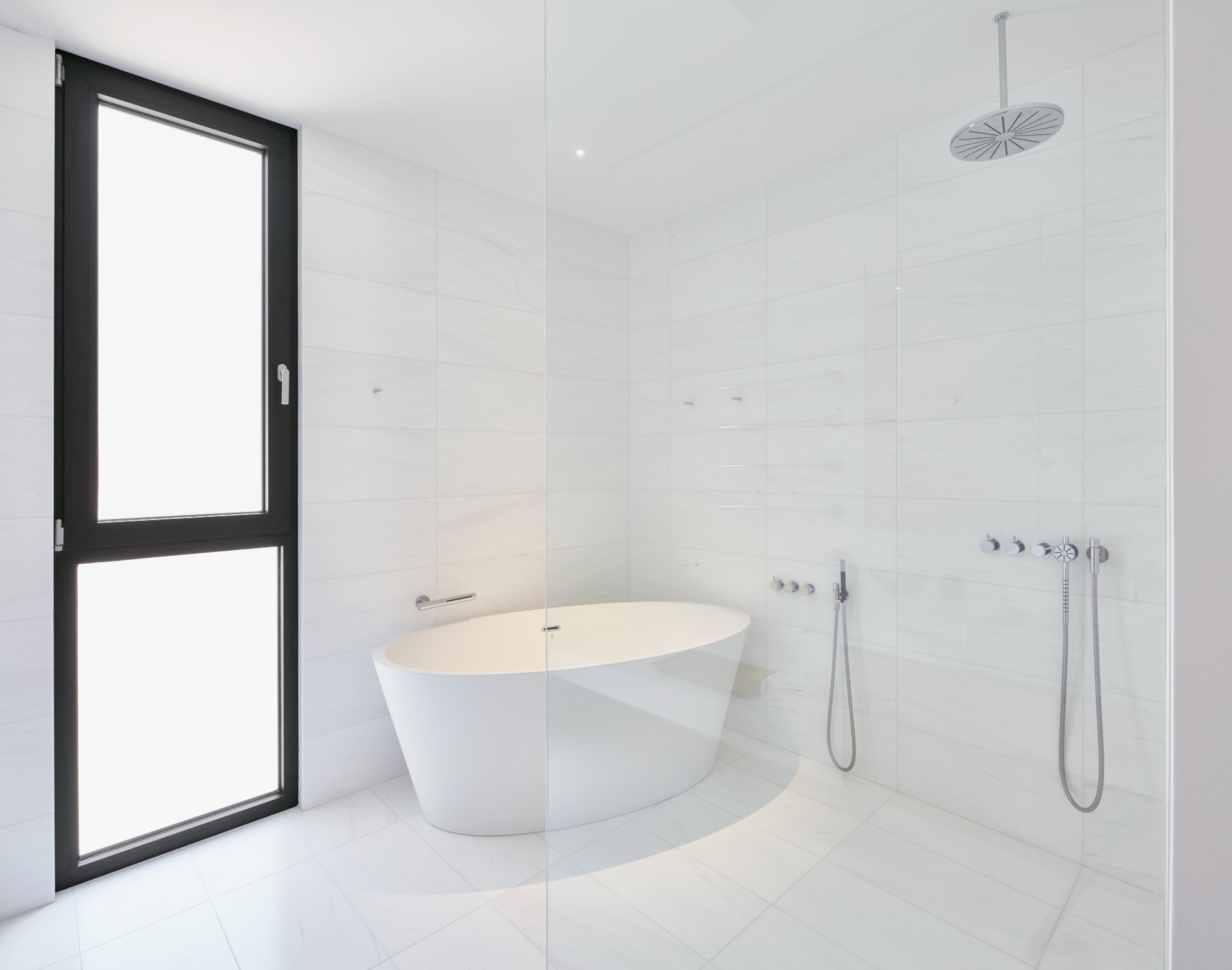
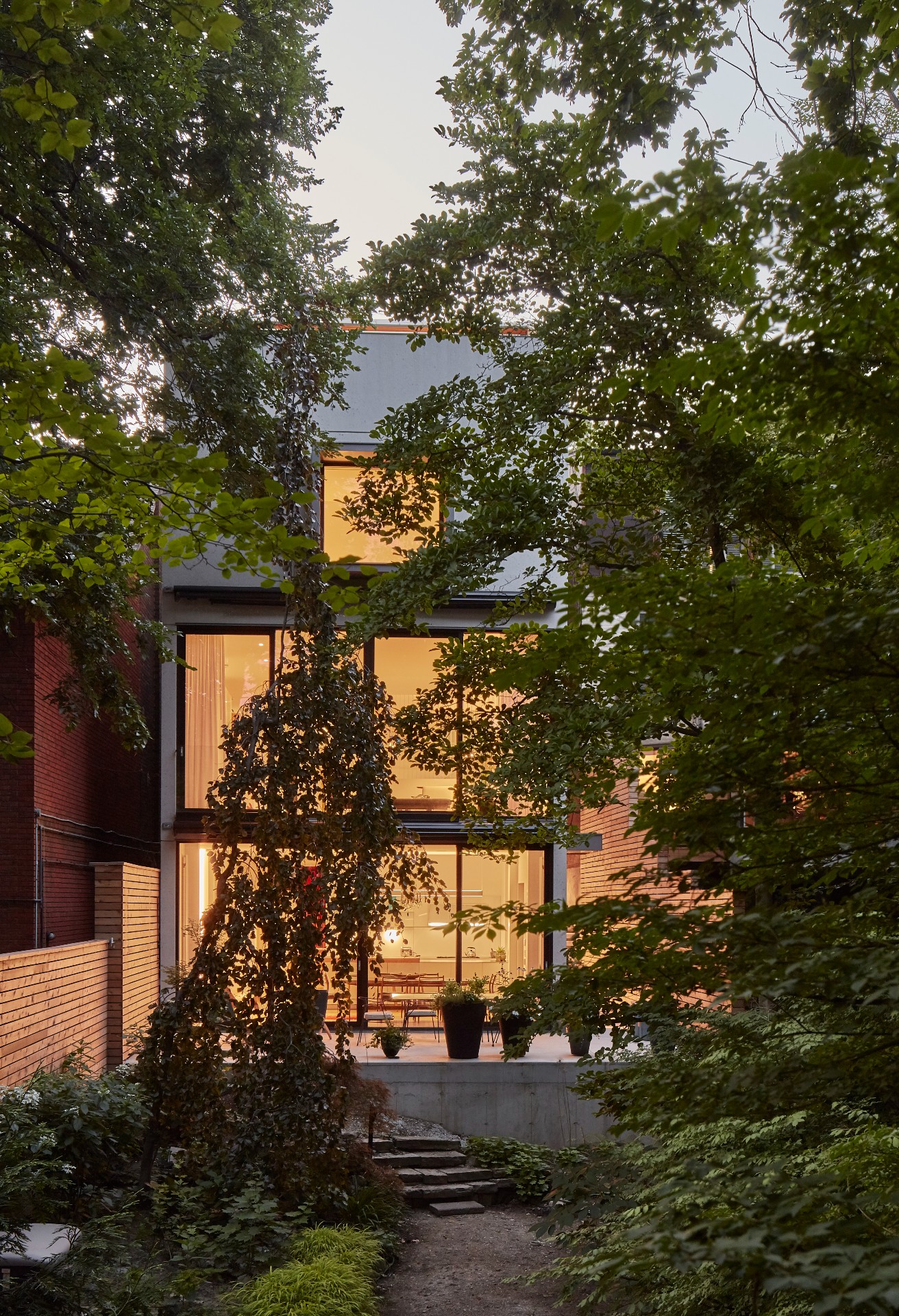
INFORMATION
Jonathan Bell has written for Wallpaper* magazine since 1999, covering everything from architecture and transport design to books, tech and graphic design. He is now the magazine’s Transport and Technology Editor. Jonathan has written and edited 15 books, including Concept Car Design, 21st Century House, and The New Modern House. He is also the host of Wallpaper’s first podcast.
- Michael van Leur - PhotographyPhotography
-
 All-In is the Paris-based label making full-force fashion for main character dressing
All-In is the Paris-based label making full-force fashion for main character dressingPart of our monthly Uprising series, Wallpaper* meets Benjamin Barron and Bror August Vestbø of All-In, the LVMH Prize-nominated label which bases its collections on a riotous cast of characters – real and imagined
By Orla Brennan
-
 Maserati joins forces with Giorgetti for a turbo-charged relationship
Maserati joins forces with Giorgetti for a turbo-charged relationshipAnnouncing their marriage during Milan Design Week, the brands unveiled a collection, a car and a long term commitment
By Hugo Macdonald
-
 Through an innovative new training program, Poltrona Frau aims to safeguard Italian craft
Through an innovative new training program, Poltrona Frau aims to safeguard Italian craftThe heritage furniture manufacturer is training a new generation of leather artisans
By Cristina Kiran Piotti
-
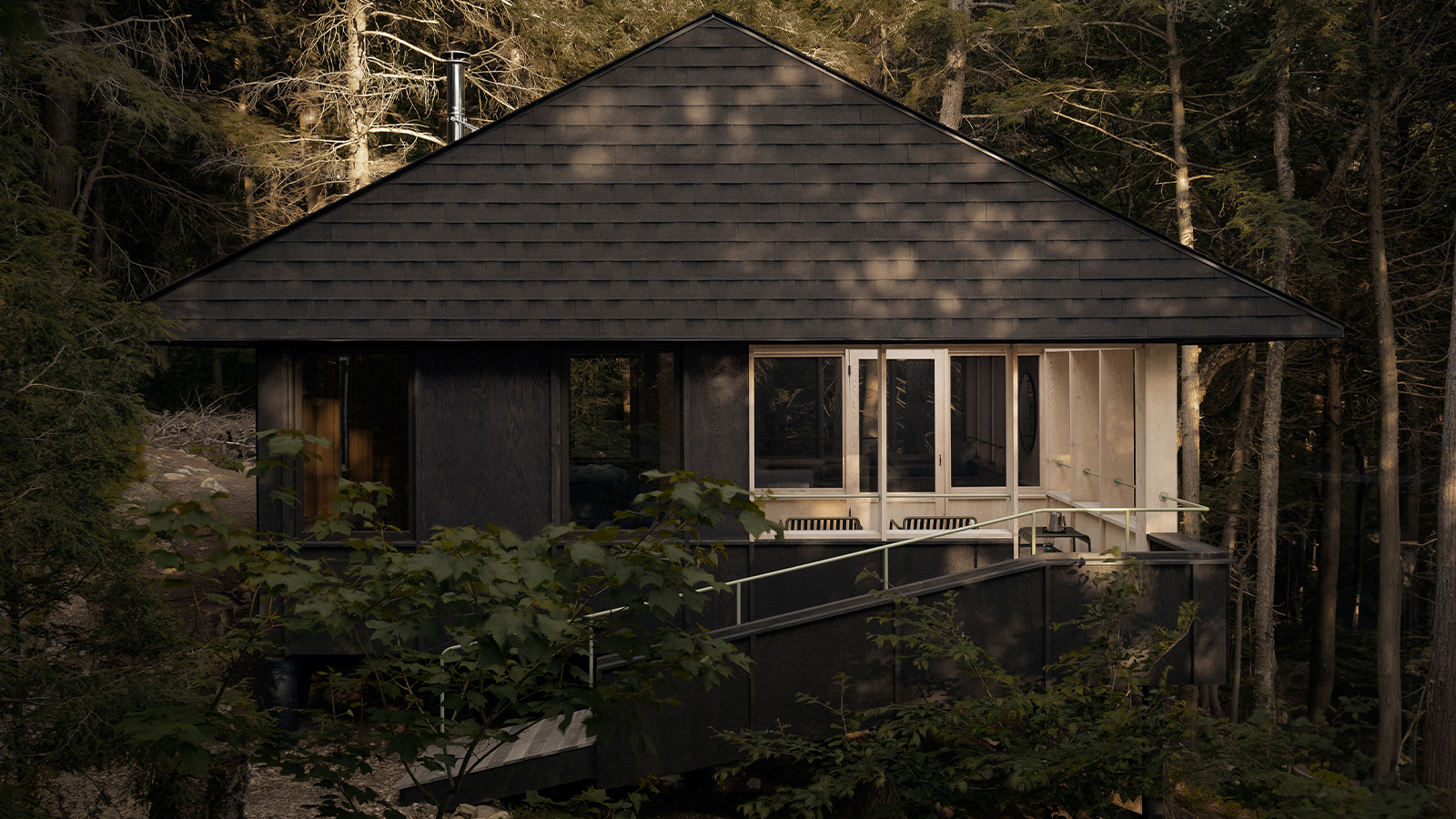 Smoke Lake Cabin is an off-grid hideaway only accessible by boat
Smoke Lake Cabin is an off-grid hideaway only accessible by boatThis Canadian cabin is a modular and de-mountable residence, designed by Anya Moryoussef Architect (AMA) and nestled within Algonquin Provincial Park in Ontario
By Tianna Williams
-
 Ten contemporary homes that are pushing the boundaries of architecture
Ten contemporary homes that are pushing the boundaries of architectureA new book detailing 59 visually intriguing and technologically impressive contemporary houses shines a light on how architecture is evolving
By Anna Solomon
-
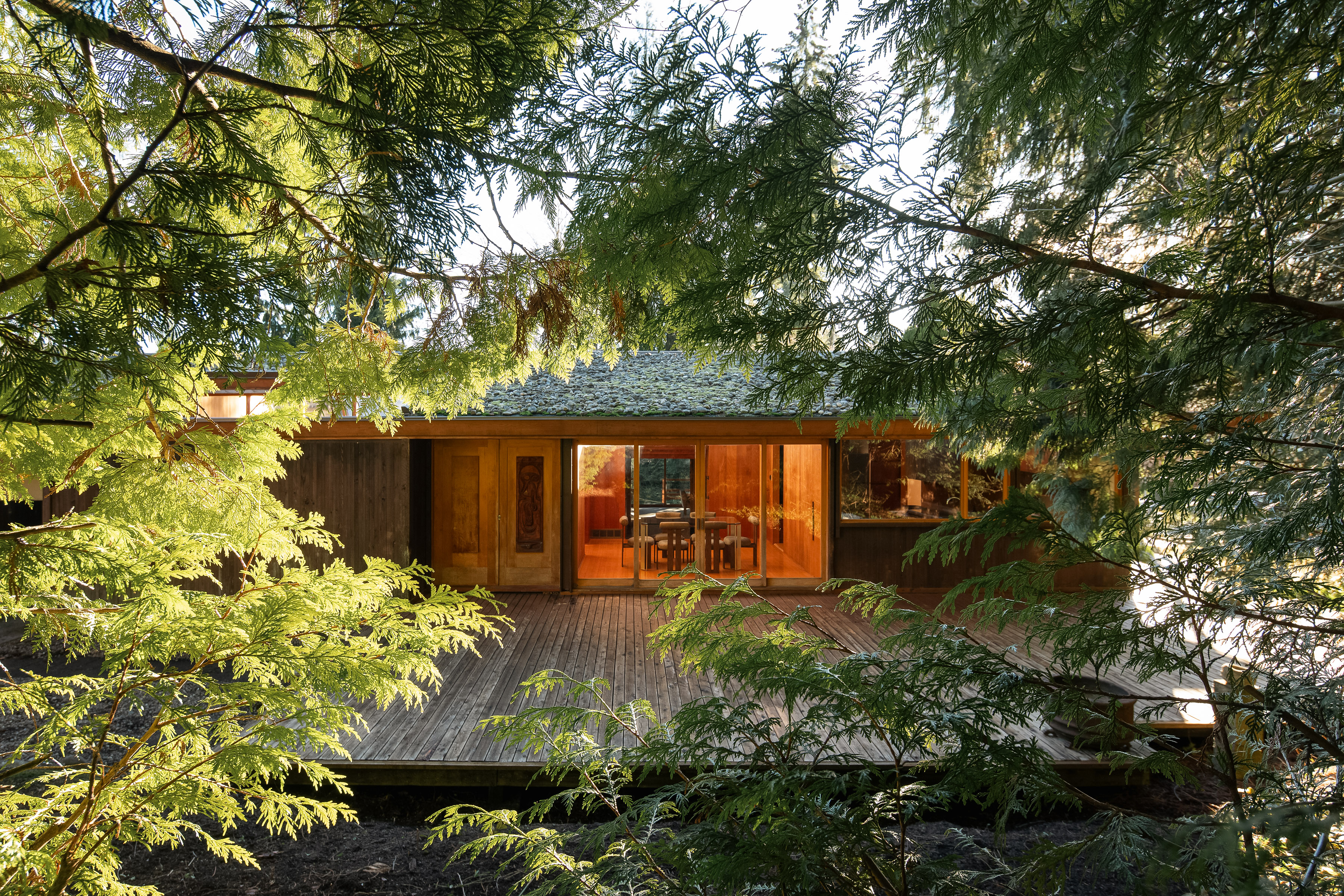 Explore the Perry Estate, a lesser-known Arthur Erickson project in Canada
Explore the Perry Estate, a lesser-known Arthur Erickson project in CanadaThe Perry estate – a residence and studio built for sculptor Frank Perry and often visited by his friend Bill Reid – is now on the market in North Vancouver
By Hadani Ditmars
-
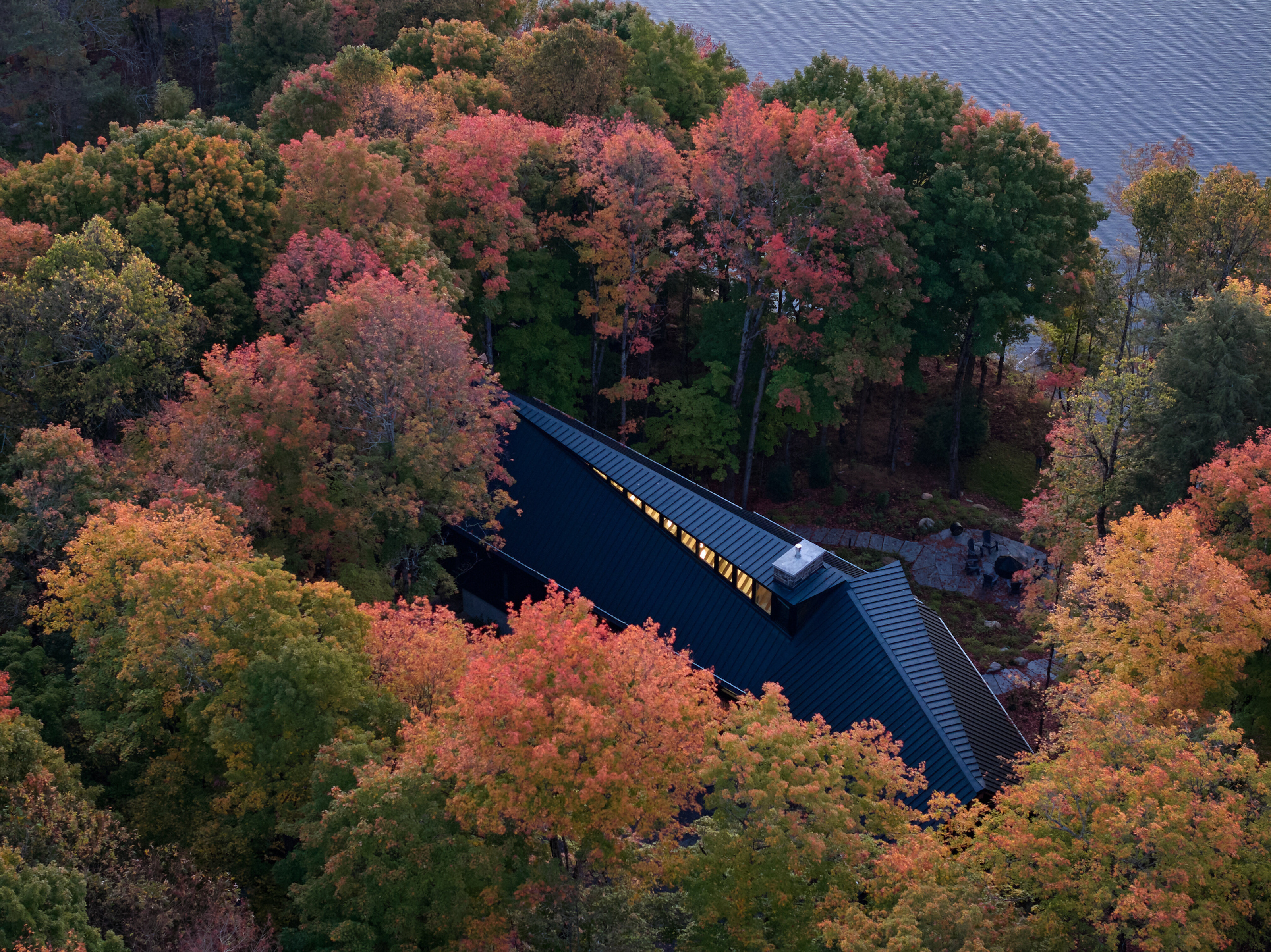 A new lakeshore cottage in Ontario is a spectacular retreat set beneath angled zinc roofs
A new lakeshore cottage in Ontario is a spectacular retreat set beneath angled zinc roofsFamily Cottage by Vokac Taylor mixes spatial gymnastics with respect for its rocky, forested waterside site
By Jonathan Bell
-
 We zoom in on Ontario Place, Toronto’s lake-defying 1971 modernist showpiece
We zoom in on Ontario Place, Toronto’s lake-defying 1971 modernist showpieceWe look back at Ontario Place, Toronto’s striking 1971 showpiece and modernist marvel with an uncertain future
By Dave LeBlanc
-
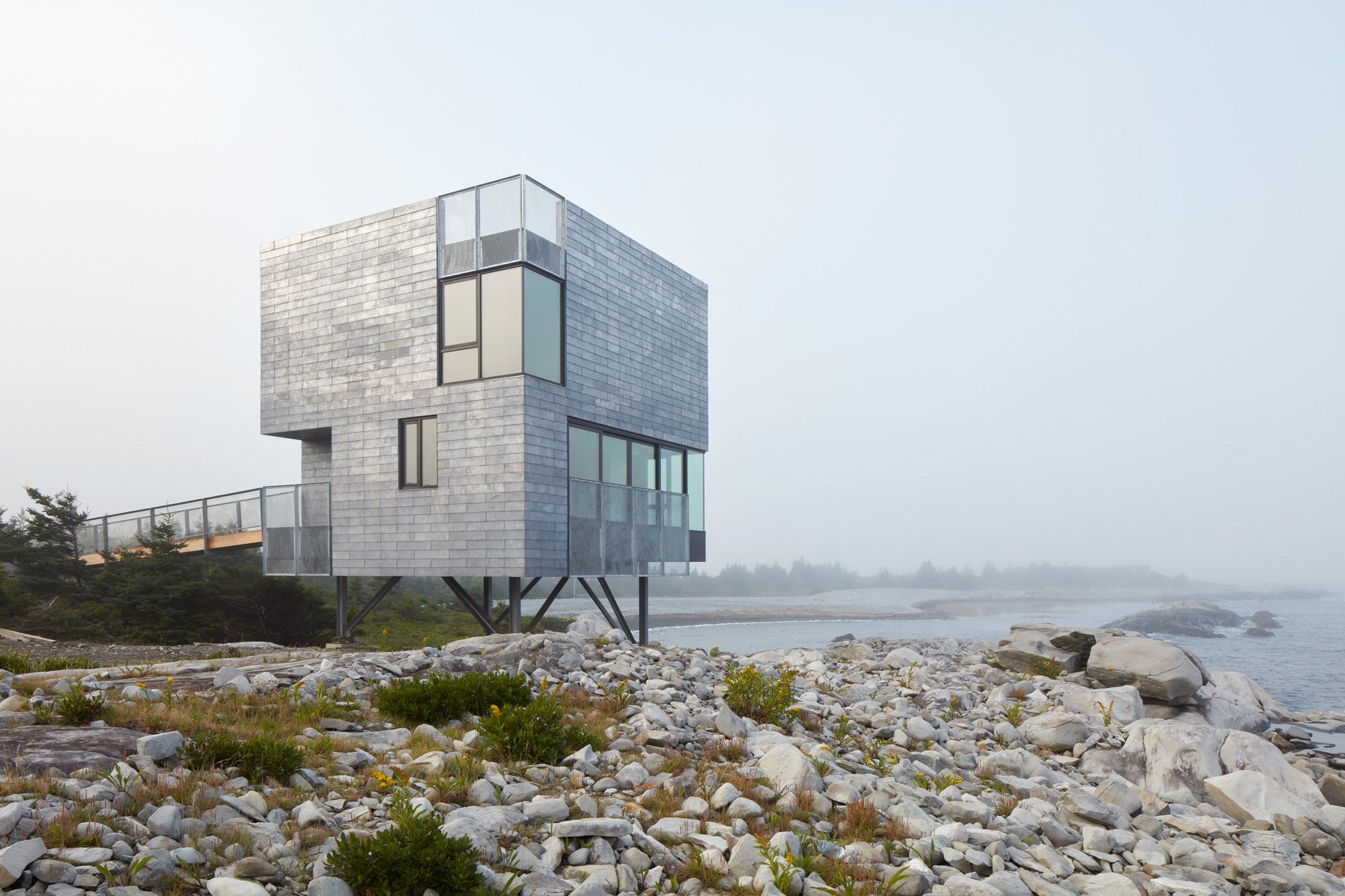 This Canadian guest house is ‘silent but with more to say’
This Canadian guest house is ‘silent but with more to say’El Aleph is a new Canadian guest house by MacKay-Lyons Sweatapple, designed for seclusion and connection with nature, and a Wallpaper* Design Awards 2025 winner
By Ellie Stathaki
-
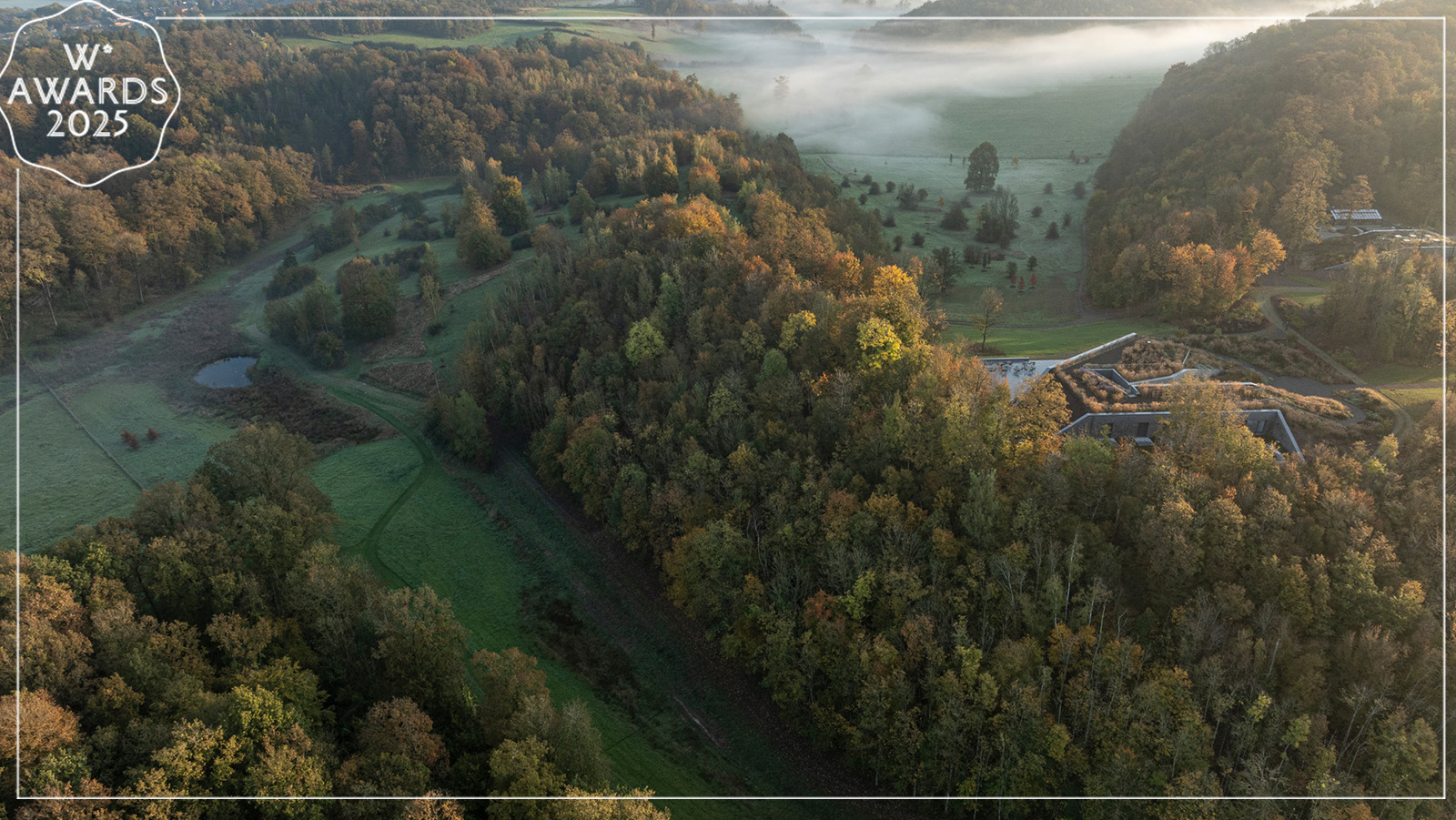 Wallpaper* Design Awards 2025: celebrating architectural projects that restore, rebalance and renew
Wallpaper* Design Awards 2025: celebrating architectural projects that restore, rebalance and renewAs we welcome 2025, the Wallpaper* Architecture Awards look back, and to the future, on how our attitudes change; and celebrate how nature, wellbeing and sustainability take centre stage
By Ellie Stathaki
-
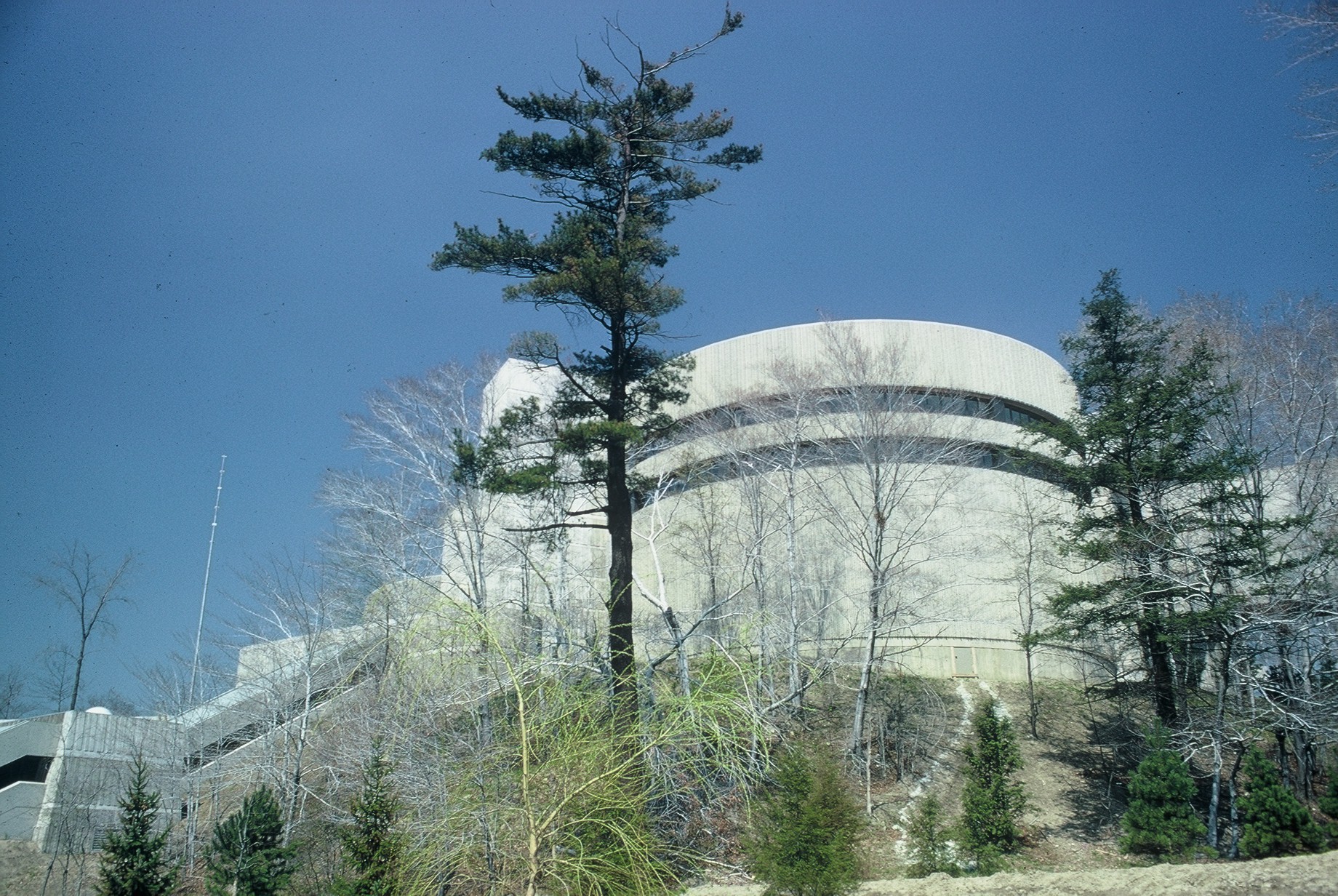 The case of the Ontario Science Centre: a 20th-century architecture classic facing an uncertain future
The case of the Ontario Science Centre: a 20th-century architecture classic facing an uncertain futureThe Ontario Science Centre by Raymond Moriyama is in danger; we look at the legacy and predicament of this 20th-century Toronto gem
By Dave LeBlanc